Cottonwood Tree Root System
Cottonwood tree root system. Cottonwood Populus These trees are generally so weak and unstable that even mild storms can cause branch failures. Cottonwood is a very fast growing upright messy tree. You can spray Roundup or Ortho Poison-ivy Killer with triclopyr on them but you likely will injure some of the turf may injure the parent tree a little ultimately the sprouts will come back.
Poplar roots can spread up to three times the height of the tree. Its root system is aggressive shallow and rather pliant which makes the tree very unstable. About 80 of tree species and most urban trees have lateral root systems.
I am not familiar with their root systems but mature specimens can get nearly 100 feet in diameter. It normally will have quite a bit of dead wood in the tree. Hello and thank you for asking about the problem cottonwood trees.
Plant type Deciduous tree. If you are in an arid region the cottonwoods may. Tree roots typically extend beyond the drip line.
As for the large roots you can cut them out but the larger the root and the closer it is to the tree the more likely that you may make the tree unstable. In a flood plain the area that dries first after a flood is that area nearest the surface. The cottonwood tree is one that is genetically programmed to produce shallow roots because it grows naturally in flood plains.
While the pruning is required on an annual basis by simply removing the dead or diseased wood from the tree sunlight and open spaces remain the chief factor in facilitating the growth of the roots. Heart aka Oblique Root System. These trees are common along rivers which tells me that they are thirsty bastards.
They produce a high. Zone 6 to 10.
While the pruning is required on an annual basis by simply removing the dead or diseased wood from the tree sunlight and open spaces remain the chief factor in facilitating the growth of the roots.
Learn more about common tree root problems in our blog post. These trees are known for their large and aggressive root systems making them inappropriate choices to plant near structures or any gardening or turf areas. Roots can be invasive as Western Cottonwood develops an extensive root system that can buckle sidewalks and damage sewer lines. Neighborhoods that do allow cottonwood trees to be planted often insist on the male trees as they do not produce seeds and therefore no messy cotton fluffs. Poplar roots can spread up to three times the height of the tree. Its root system is aggressive shallow and rather pliant which makes the tree very unstable. Black Cottonwood Populus balsamifera subspecies trichocarpa. While the trees invasive root systems and branch shedding habits can be beneficial in rural and forested settings theyre not a great choice in urban areas. Cottonwood produces a bounty of fluffy cotton-like seeds that will stick to everything.
These trees are common along rivers which tells me that they are thirsty bastards. The tree is held up by the weight of its root ball counteracting the weight of its aboveground parts and the. Cottonwood Populus These trees are generally so weak and unstable that even mild storms can cause branch failures. As for the large roots you can cut them out but the larger the root and the closer it is to the tree the more likely that you may make the tree unstable. They produce a high. Cottonwood is a very fast growing upright messy tree. However male cottonwood trees are often the.



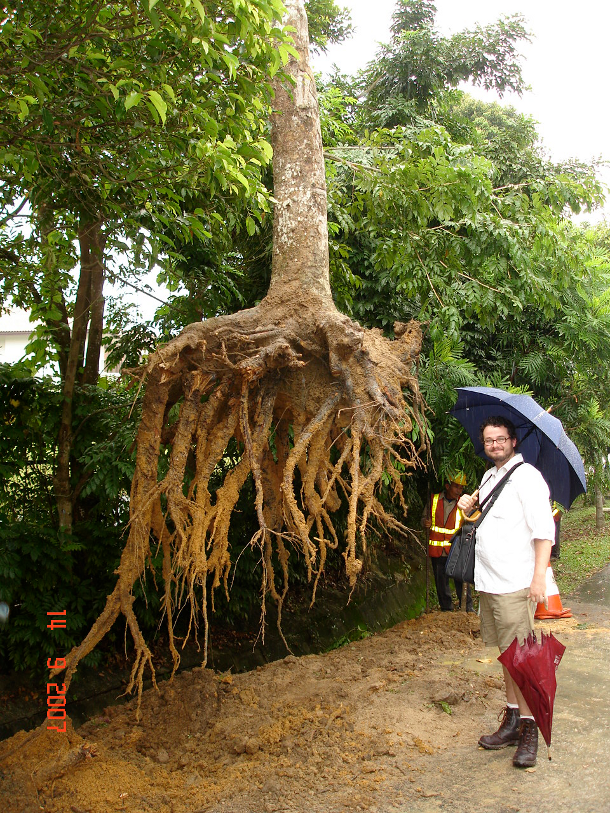
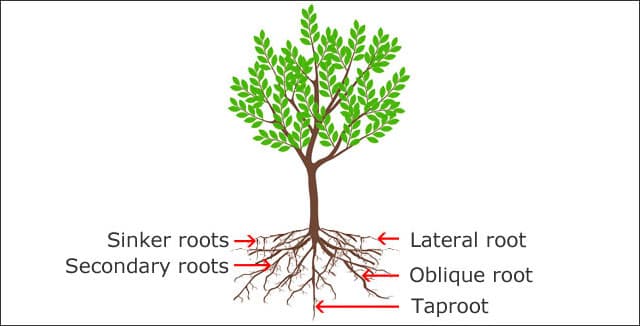


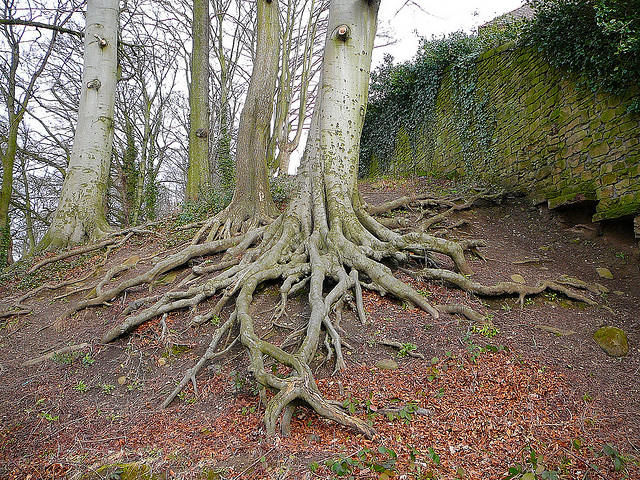

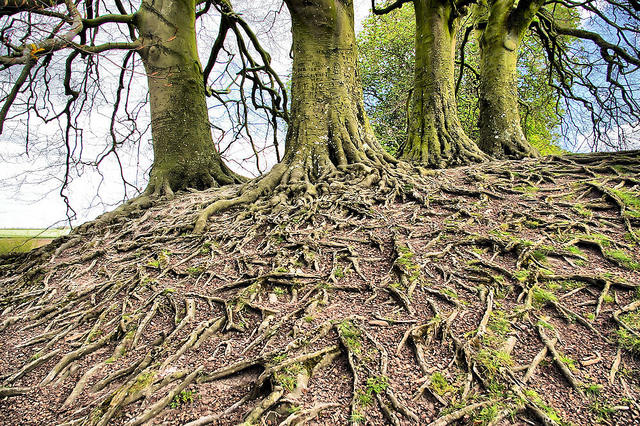



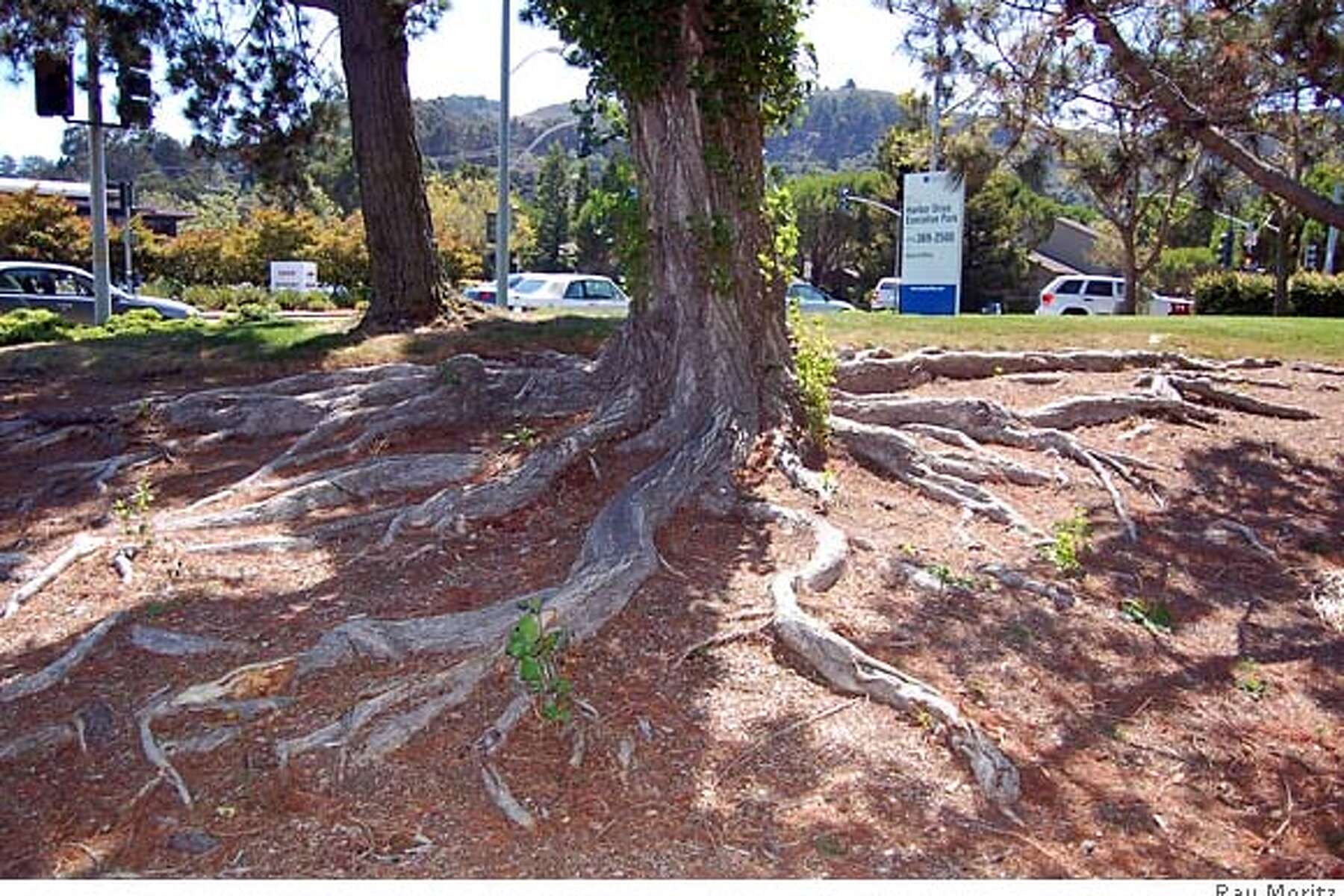
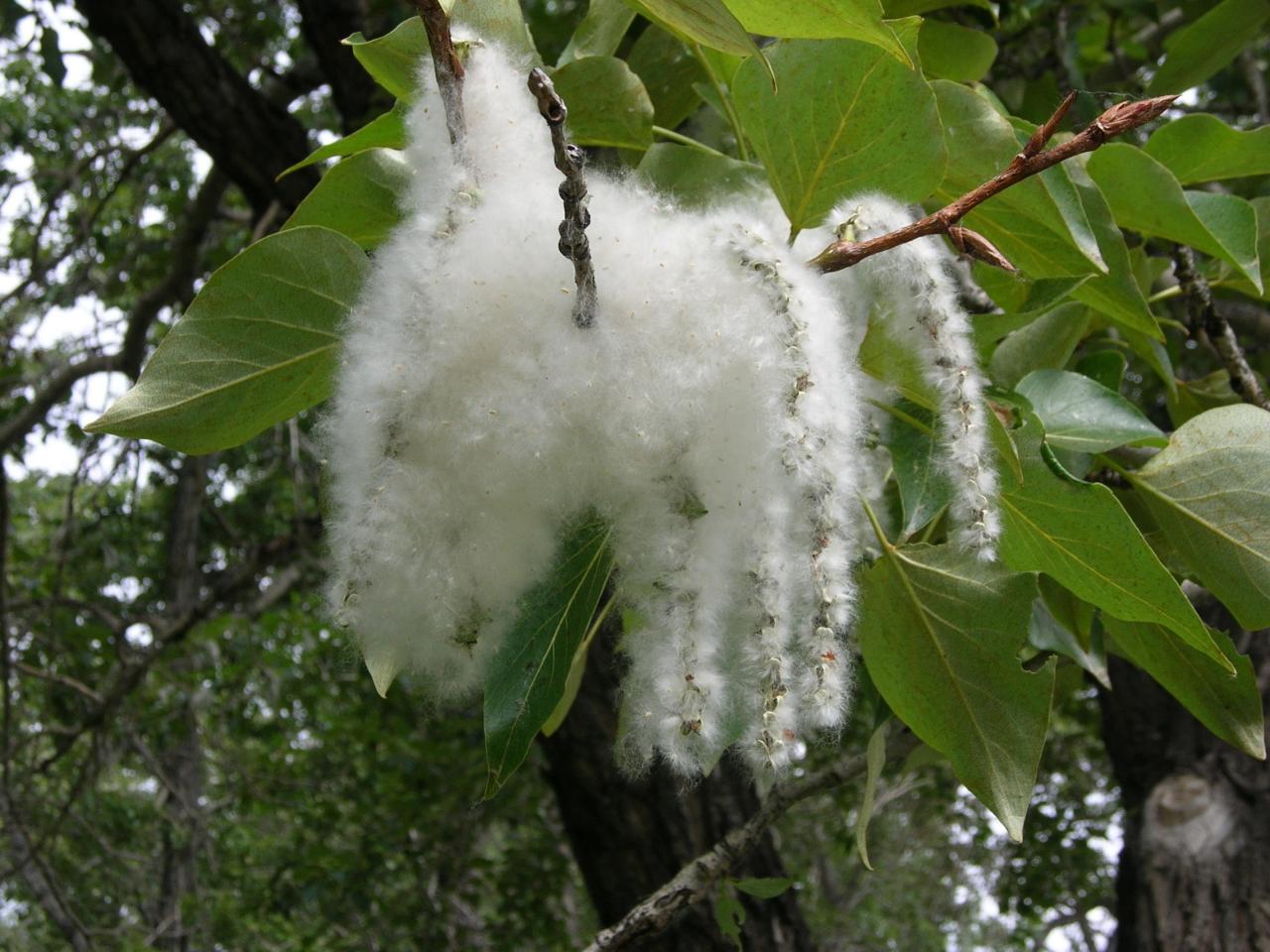





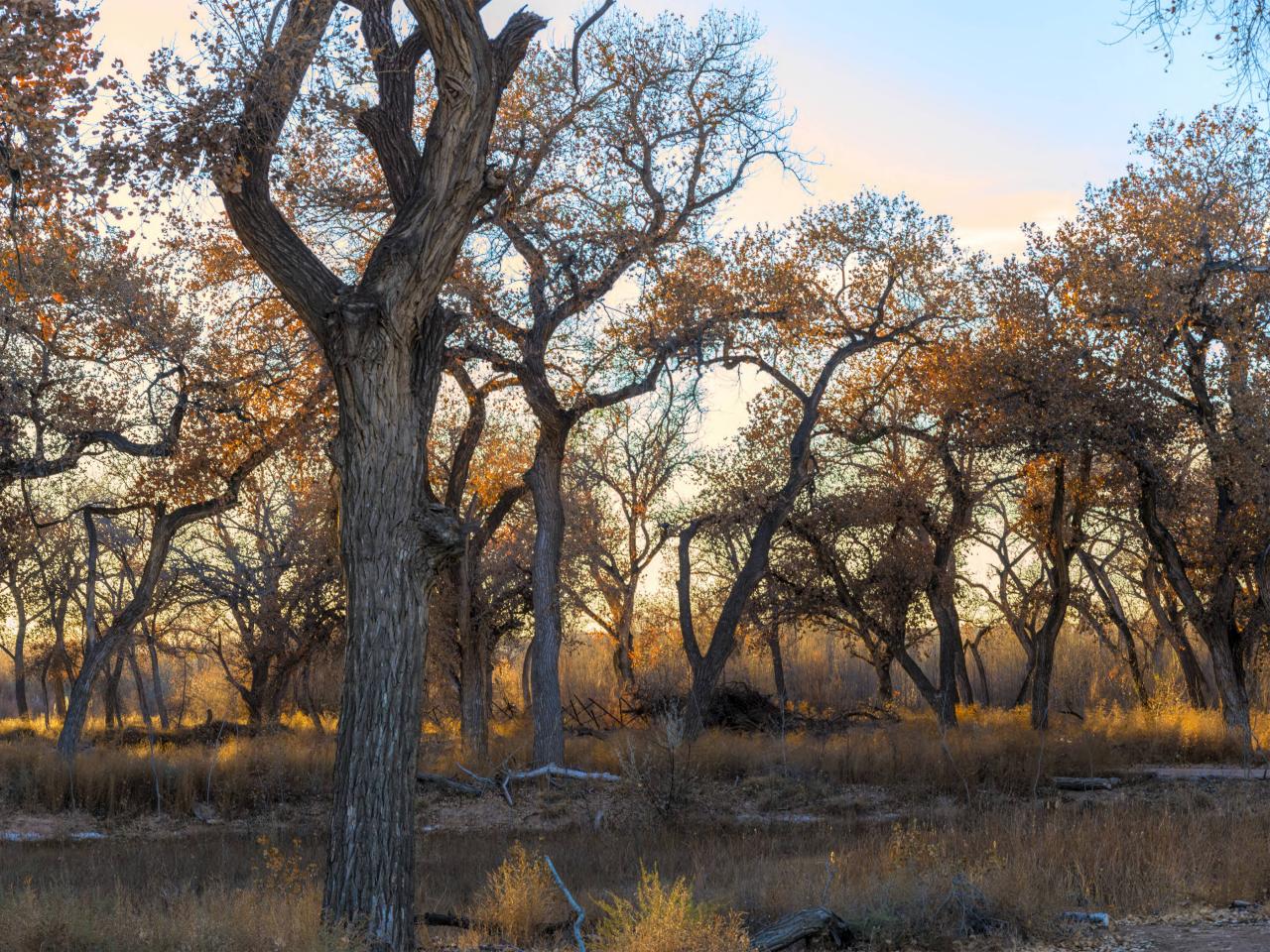


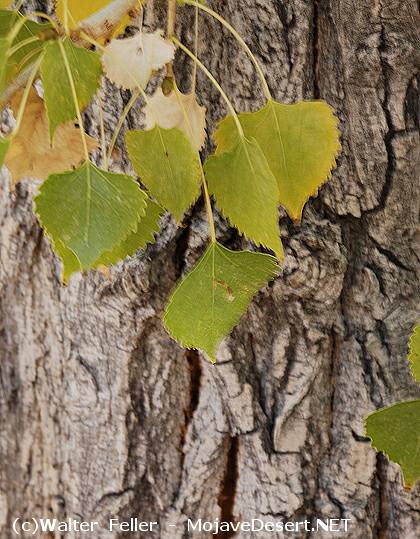


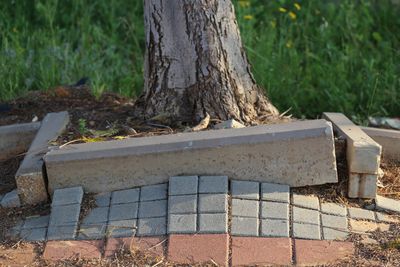


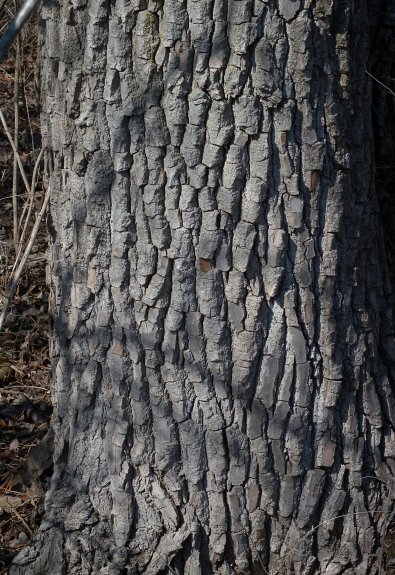
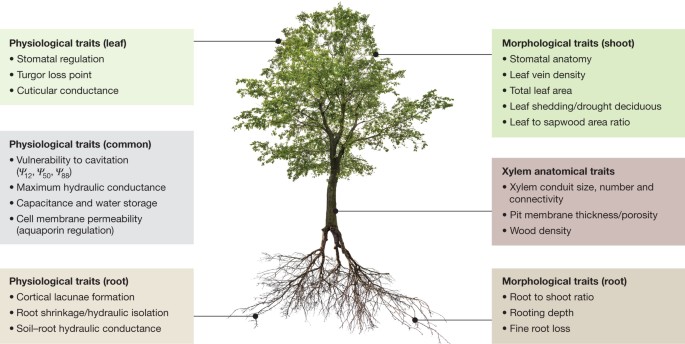
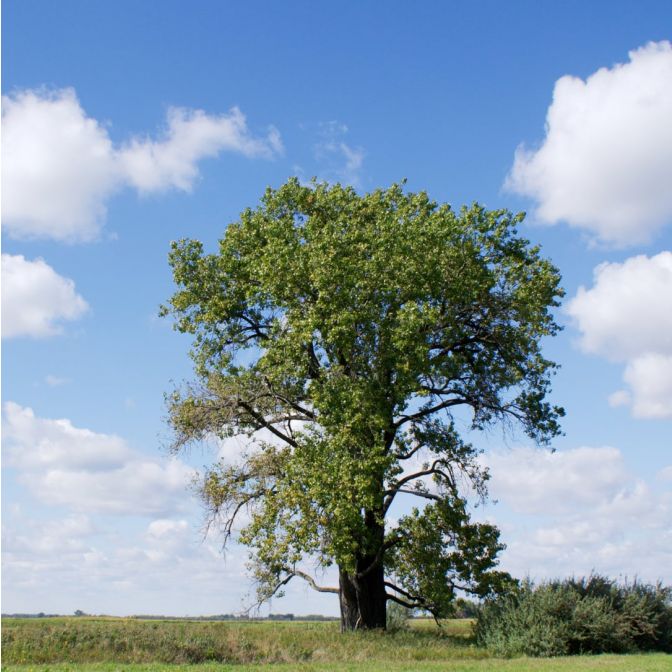


/GettyImages-614509774-da8a3fd33f884129ac325194817e7444.jpg)
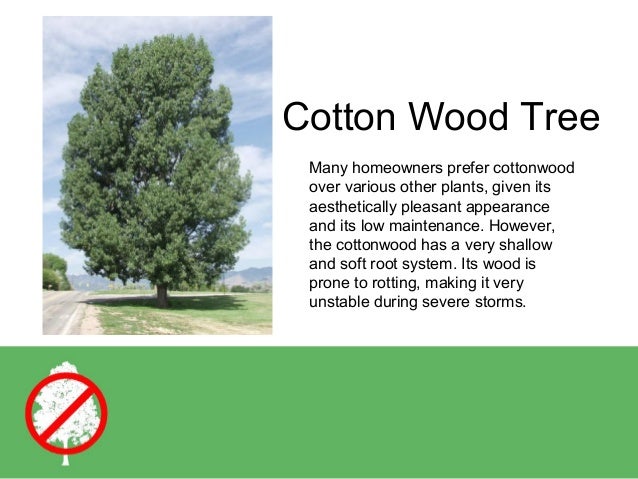





Post a Comment for "Cottonwood Tree Root System"